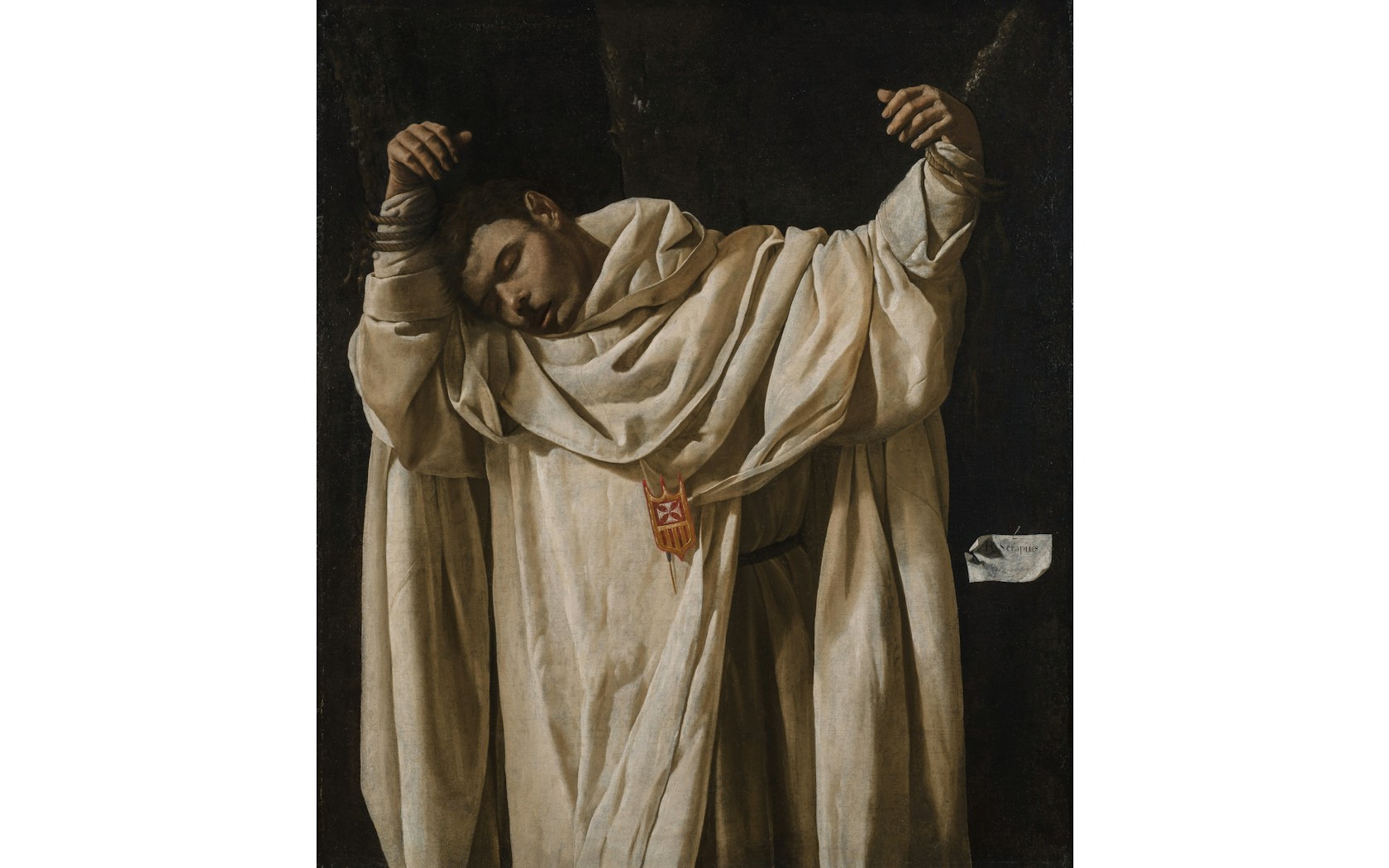
Early Masterpiece by Zurbarán Mesmerizes After Restoration at the Wadsworth Atheneum
The Baroque painting conveys its spiritual intensity once more after restoration supported by the TEFAF Museum Restoration Fund
- By TEFAF Editorial
- Museum Restoration Fund
The Wadsworth Atheneum Museum of Art in Hartford is the oldest continuously operating public art museum in the United States, opening its doors to the public in 1844. This institution is home to a collection of nearly 50,000 works of art, spanning 5,000 years, and encompassing European art from antiquity to contemporary as well as American art from the 1600s through today. St. Serapion (1628) by Francisco de Zurbarán (1598-1664) is a key artwork in the museum's collection of Baroque paintings, one of the strongest repositories of 17th-century works in the United States. Painted in 1628 for the monastery of the Shod Mercedarians in Seville, it is considered one of Zurbarán’s masterpieces from his early period. This remarkable painting was in need of an important restoration work for which the TEFAF Museum Restoration Fund provided support in 2015.
St. Serapion has regularly been requested for inclusion in major Baroque and monographic exhibitions. However, over the centuries, the painting had suffered various paint losses and had deteriorated to such a degree that it had become structurally unstable. It was also disfigured by old, discolored restorations, paint film reconstructions, and considerably yellowed varnish layers. Regrettably, all evaluations, essays, and writings by art historians during the last eighty years are based on this compromised condition. When the painting was sent to the Metropolitan Museum of Art in New York in 1983 in order to be examined, its deteriorated condition was noted, but the extent of damage and time constraints made a conservation treatment not feasible at that time. In the past years the deterioration had progressed even further, and a thorough conservation treatment was urgent.
Given the cultural significance of the painting, the Wadsworth Atheneum proposed a comprehensive treatment approach. Conservators removed the yellowed varnish and old discolored restorations, unveiling various shades of white and strengthening contrasts between light and shadow to once again convey the intense spirituality Zurbarán intended. X-radiographs confirmed that the painting had also suffered considerable paint losses in the area of Saint Serapion’s proper right hand. All that remained was a faintly visible thumb and traces of the saint’s original index and middle fingers. With those fragments plus expert historical, artistic, and medical advice as guide, the conservation team reconstructed Saint Serapion’s lost hand using stable yet reversible pigments.
Thanks to this long restoration work, this masterpiece now hangs in the Morgan Memorial building alongside other masterworks by artists including Caravaggio, Artemisia and Orazio Gentileschi, Jusepe de Ribera, Salvator Rosa, and Bernardo Strozzi.








